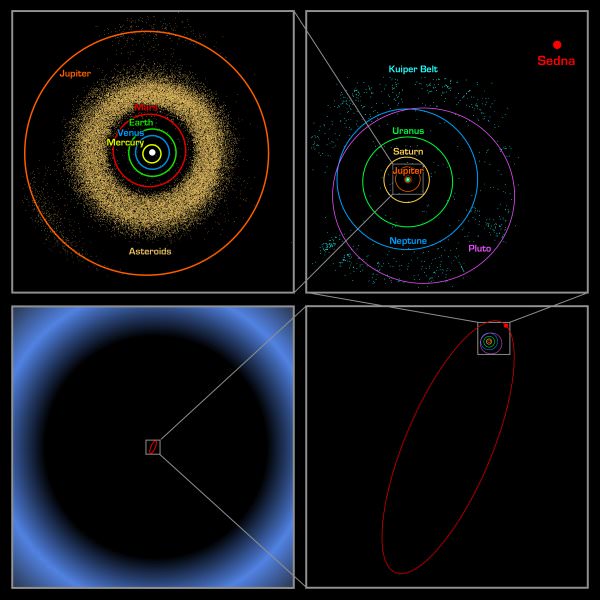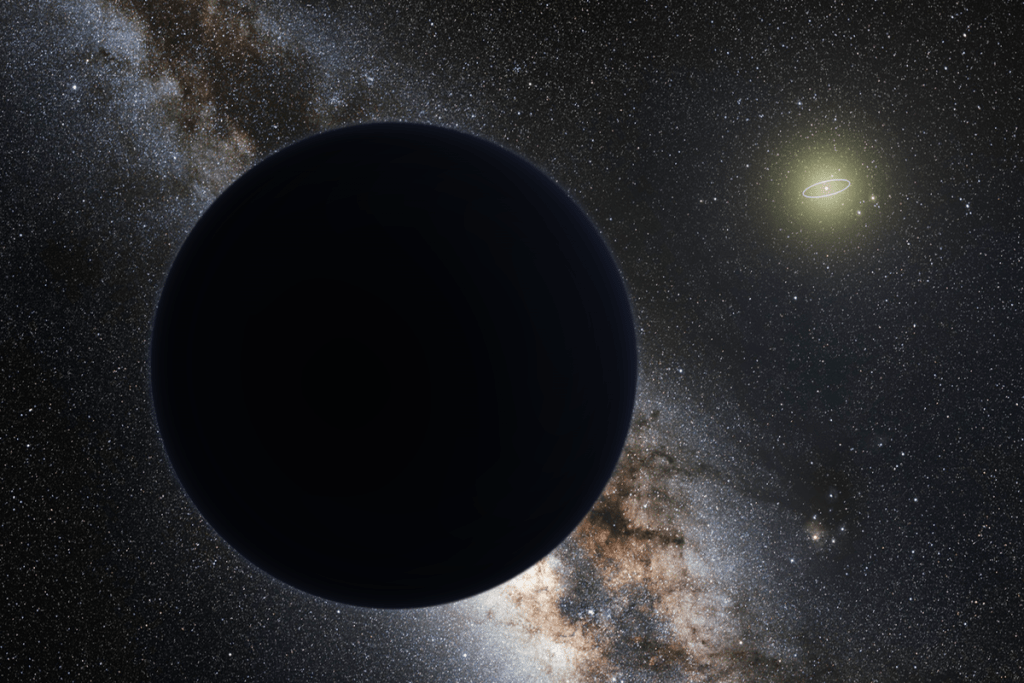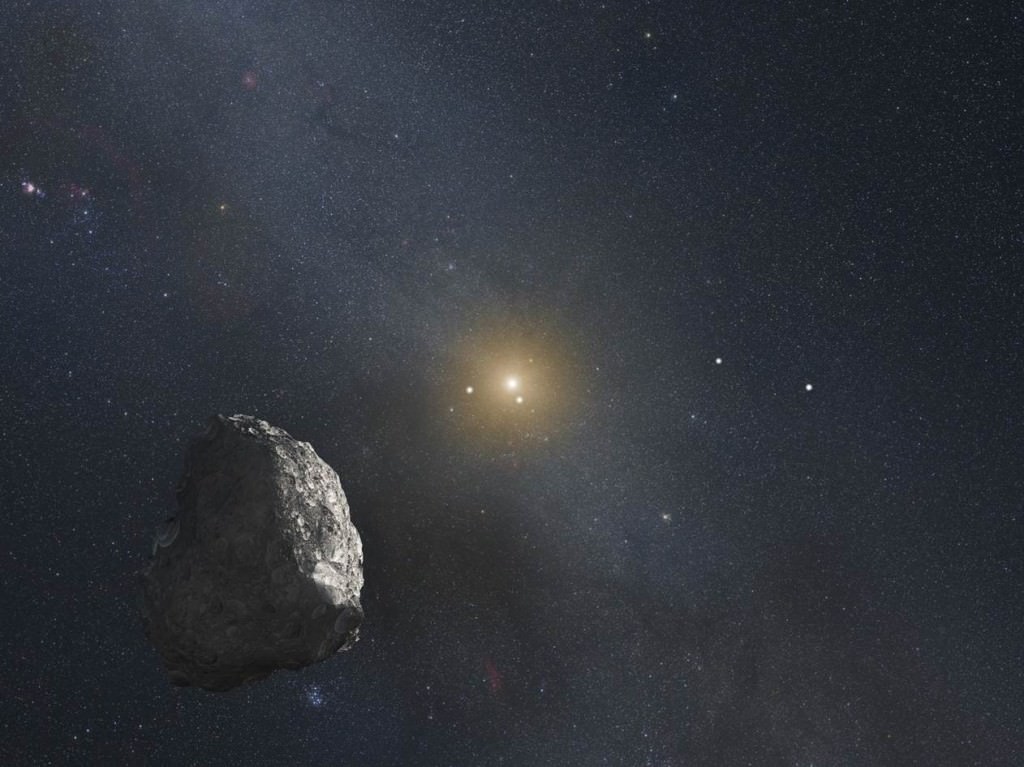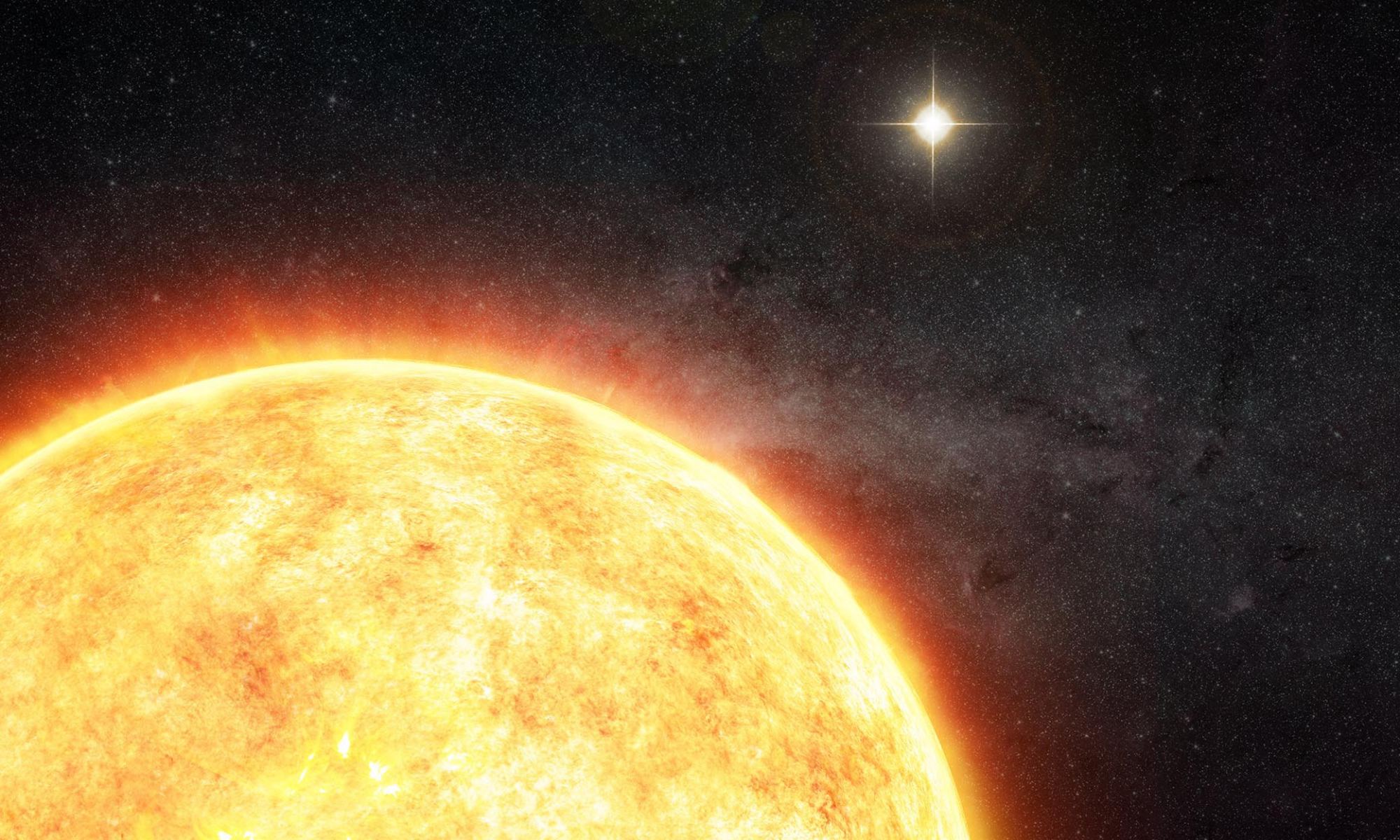For some time now, astronomers have known that the majority of systems in our galaxy consist of binary pairs rather than individual stars. What’s more, in recent decades, research has revealed that stars like our Sun are actually born in clusters within solar nebulas. This has led to efforts in recent years to locate G-type (yellow dwarf) stars in our galaxy that could be the Sun’s long-lost “solar siblings.”
And now, a new study by Harvard astronomers Amir Siraj and Prof. Abraham Loeb has shown that the Sun may once have once had a very similar binary companion that got kicked out of our Solar System. If confirmed, the implications of this could be groundbreaking, especially where theories on how the Oort Cloud formed and whether or not our system captured a massive object (Planet Nine) in the past.
Their study, titled “The Case for an Early Solar Binary Companion,” recently appeared in The Astrophysical Journal Letters. For the sake of this study, Siraj and Loeb considered the formation of the Oort Cloud, which remains a mystery to astronomers. The reason for this is because of the ongoing problem of how the Oort Cloud and scattered disc objects (SDOs) beyond the orbit of Neptune achieved their current ratio.

Previously, astronomers held that the Oort Cloud formed from debris left over from the formation of the Solar System and its neighbors. In other words, they believed the objects that populated this region were scattered by the planets to great distances, and some were even exchanged between stars. As Siraj explained in a recent CfA release, a binary model of the Solar System could provide the missing piece of the puzzle:
“Previous models have had difficulty producing the expected ratio between scattered disk objects and outer Oort cloud objects. The binary capture model offers significant improvement and refinement, which is seemingly obvious in retrospect: most Sun-like stars are born with binary companions.”
In the past, astronomers have held that the Oort Cloud formed in the birth cluster where the Sun was born, as a result of the drag produced by dense cluster gas. Unfortunately, in this scenario, this same drag hinders the scattering of comets in the Trans-Neptunian regions to large distances, something that is inconsistent with what we see with Trans Neptunian Objects (TNOs) today.
“Binary systems are far more efficient at capturing objects than are single stars,” added Loeb. “If the Oort cloud formed as observed, it would imply that the Sun did in fact have a companion of similar mass that was lost before the Sun left its birth cluster.”
Of course, if the Sun did indeed form with a binary companion, this naturally raises the question of where this companion is today. To this, Siraj and Loeb hypothesize that the gravitational influence of passing stars in the birth cluster could have whisked it away. This is consistent with previous research conducted by astronomers from the CfA, which suggested that our Sun lost a Sun-like companion billions of years ago.
In fact, in 2018, astronomers announced that they had located one of the Sun’s sibling after observing an exact twin roughly 184 light-years from Earth. “Before the loss of the binary, however, the solar system already would have captured its outer envelope of objects, namely the Oort cloud and the Planet Nine population,” said Siraj. “The Sun’s long-lost companion could now be anywhere in the Milky Way.”
What’s more, this study could have implications for the existence of Planet Nine (aka. Planet X), a Neptune-sized planet that is hypothesized to have a highly elongated orbit that places it far beyond Pluto. Astronomers have theorized that this planet exists based on the fact that certain families of smaller objects in the Kuiper Belt have unique orbits that suggest the presence of another body in the area.
In more recent years, some astronomers have suggested that Planet Nine might actually be a primordial black hole located at the edge of our Solar System. It has further been suggested that the presence of this black hole could be discerned by watching for flares that would be produced whenever it consumes a comet. Of course, future missions will be needed to determine the true nature of Planet Nine (if it does in fact exist).

In any case, the results of Siraj and Loeb’s study bolster the case for Planet Nine being a captured body, another theory that is being batted around. As Loeb explained, their results also suggest that it has companions in the outer Solar System:
“The puzzle is not only regarding the Oort clouds, but also extreme trans-Neptunian objects, like the potential Planet Nine. It is unclear where they came from, and our new model predicts that there should be more objects with a similar orbital orientation to Planet Nine.”
The implications of this research go beyond the formation of the Solar System, however, and even offers new insight into how life emerged here on Earth.”Objects in the outer Oort Cloud may have played important roles in Earth’s history, such as possibly delivering water to Earth and causing the extinction of the dinosaurs,” said Siraj. “Understanding their origins is important.”
These and other theories concerning the Oort cloud and Planet Nine (and possible companions) demand that further observations be made of the outer Solar System. At the moment, this is very challenging for astronomers given their sheer distance from the Sun. However, this could begin to change early next year when the Vera C. Rubin Observatory – formerly known as the Large Synoptic Survey Telescope (LSST) – collects its first light.

Once operational, this observatory will conduct vast astronomical surveys of the southern sky and map the Universe to determine the influence of Dark Matter and Dark Energy and learn more about transient phenomena. In addition, the VRO will dedicate time to mapping small objects in the Solar Systems like Near-Earth Asteroids (NEAs) and Kuiper Belt Objects (KBOs), increasing the number of cataloged objects by a factor of 10 to 100.
As he put it, Siraj is optimistic that the VRO will also shine a light on the possible existence of massive bodies in the outer Solar System:
“If the VRO verifies the existence of Planet Nine, and a captured origin, and also finds a population of similarly captured dwarf planets, then the binary model will be favored over the lone stellar history that has been long-assumed.”
Further Reading: CfA, The Astrophysical Journal Letters


‘…Sun may once have once had a very similar binary companion that got kicked out of our Solar System…’
“Before the loss of the binary, however, the solar system already would have captured its outer envelope of objects, namely the Oort cloud and the Planet Nine population,”
Kicking out a (companion) star and, ‘keeping the Solar system’ as it is (if it is the case) needs some more explanation, how ?
Another point, when a (companion) star leaves ‘solar system’, what happens to Oort Clouds (first and second) ?
Also, needs some more explanation from researchers, writer…?